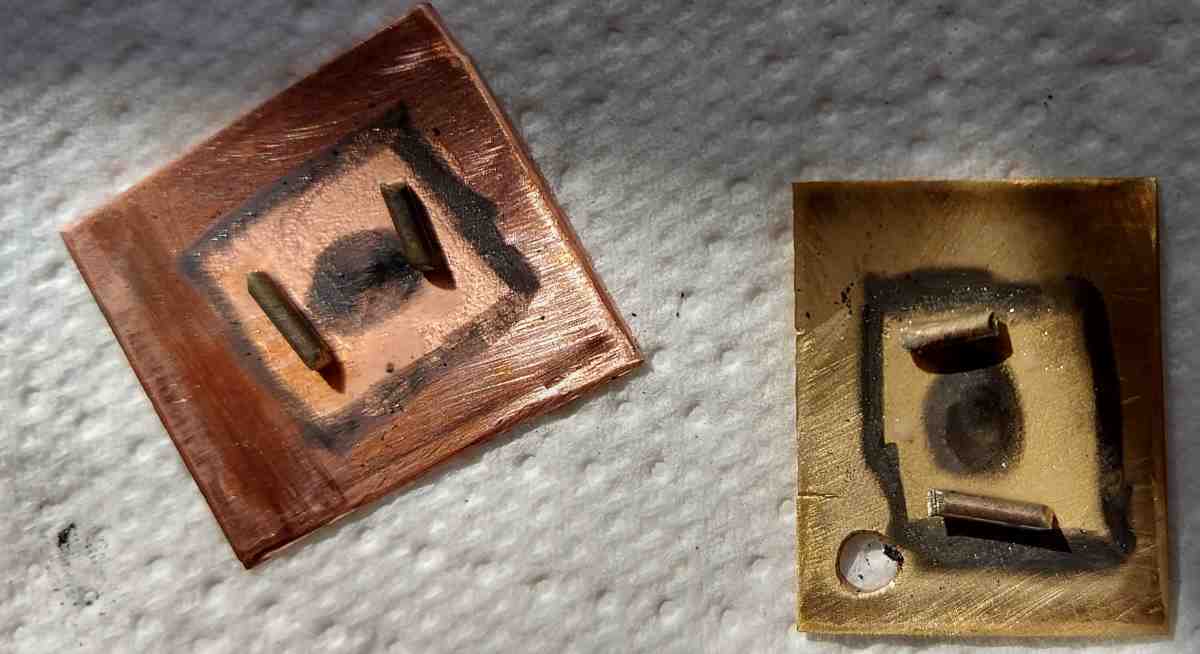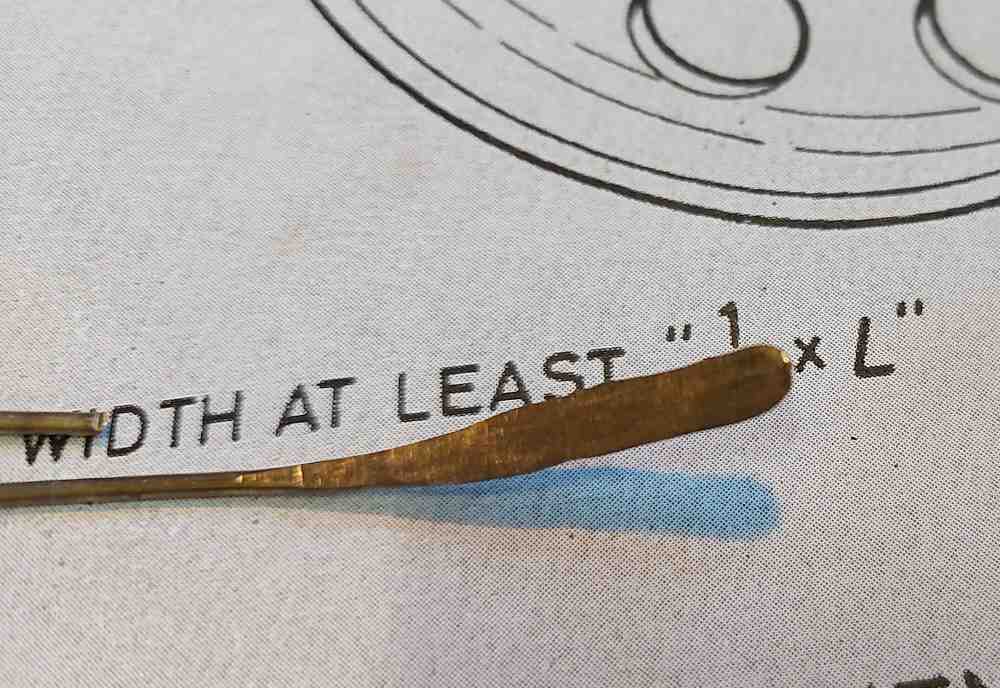Hi nigel,
having done a few boilers, I strongly recomend that the insulation is built from the following:
- Wrap the hot boiler outer with aluminium foil, shiny side out: This reduces the radiated heat by half-ish, or more.
- Cover the aluminium in your preferred insulation fabric: I have successfully used corrugated cardboard, paper (especially if it is embossed o it forms trapped cells filled with air) , wool (knitted fabric), proprietary "flame resistant" insulation sheet, but don't try bubble wrap or anything that will melt or char at the boiler temperature.
- Cover insulation with a sheet of paper (I use "used" printer paper).
- Cover the paper with aluminium foil: shiny-side inwards.
- Then fit your metal cleading as per normal.
The 2 layers of aluminium foil cause 95% of the radiated heat to be trapped - and, as this can exceed the conducted heat through the insulation, it can reduce your "wasted-heat" to less than half of what it would be without the invention of reflecting surfaces by
Sir James Dewar . That's a lot of heat made into useful steam!
On my boilers, the main insulation means the outside temperature is below 40degrees C. whereas the boiler surface is above 140degrees C.
And do the same around the firebox if you can?
On tubing carrying steam - e.g. water gauge, (except for the pressure gauge siphon tube) you can also insulate with cotton string wound carefully around the pipework and over the fittings, then painted with domestic matt white emulsion piant - which makes it look like the original asbestos lagging - but is much safer. But your traction engine won't have much exposed steam pipework.
Cheers!
K2





























































![DreamPlan Home Design and Landscaping Software Free for Windows [PC Download]](https://m.media-amazon.com/images/I/51kvZH2dVLL._SL500_.jpg)









